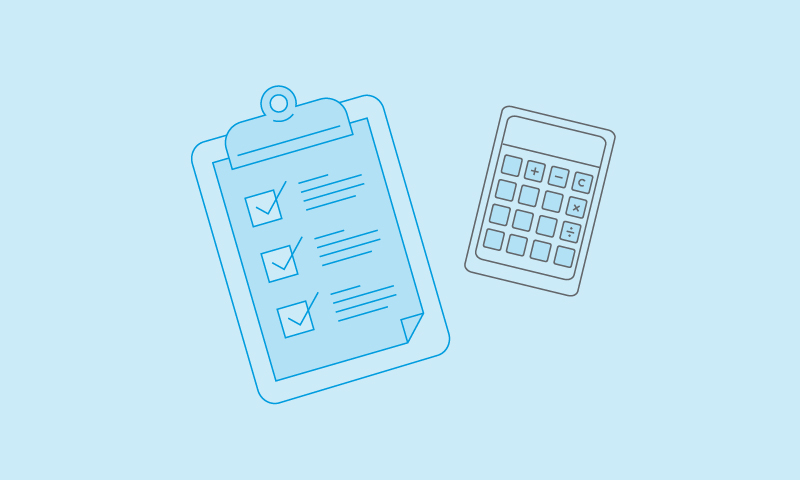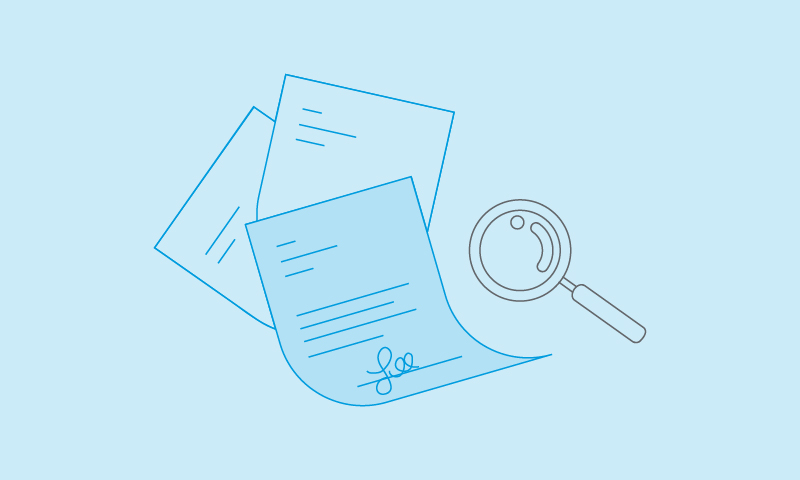29 november 2019
Payrolling of benefits in kind was introduced in April 2016 as a simplification measure for employers and employees. As the title suggests, payrolling allows employers, once registered with HMRC, to report employee benefits via the payroll, avoiding the requirement to complete P11Ds after the end of the tax year and therefore potentially reducing the compliance burden associated with reporting and paying tax on employee benefits.
For employees, it can also simplify the payment of taxes due on their employment benefits, by removing the complication of PAYE code adjustments (because the benefits will be removed from their PAYE codes) and ensuring the correct tax is paid in the tax year to which the benefit relates.
When operated correctly, it can lead to some administrative efficiencies for employers. However, care is needed to ensure the rules are applied correctly. We’ve seen instances recently where the rules have been applied incorrectly, which then leads to a great deal of administration to rectify the issue. Additional costs invariably follow, including HMRC penalties and the risk of such an issue leading to an employer compliance enquiry.
The guide below may serve a useful reminder of some of the key considerations around payrolling of benefits in kind, or a prompt to review your processes now in order to potentially benefit from this administrative easement for the next tax year.
What benefits can be payrolled?
Most benefits in kind can be payrolled. The exceptions are:
- living accommodation; and
- low or interest free loans.
If you do provide living accommodation or loans to employees, you will need to report these benefits on a P11D as normal.
It is open to employers to decide which benefits to payroll. It is also possible to exclude particular employees, so the system is reasonably flexible.
If you decide to payroll all employee benefits, then you will not need to prepare P11Ds at the end of the year. Where company cars are payrolled, no P46(Car) is required to be filed.
A P11D(b) must still be filed, however, in order to pay the Class 1A NICs.
Complications
Registration considerations
When a benefit in kind is payrolled, HMRC should remove the value of the benefit from the employees PAYE code. If this does not happen, the employee will suffer a double deduction from their net pay.
To prevent this, it is a good idea to register with HMRC in good time prior to the start of the tax year. The deadline for applying to payroll benefits for the 2020/21 tax year is 5 April 2020. however, the earlier you apply, the better, to ensure HMRC have enough time to adjust the employee’s PAYE code prior to the start of the tax year.
Other than in certain limited circumstances, once you have registered to commence payrolling, you must continue to payroll for the whole tax year and for future tax years until you have formally notified HMRC of an intention to cease payrolling. Failure to payroll a benefit in kind throughout the year may lead to PAYE penalties.
Should you wish to cease payrolling, you must also do this before the start of the tax year, which will then result in HMRC factoring the benefit back into the employee’s PAYE code.
The 50 per cent rule
To ensure employees have enough net pay to cover living costs, the PAYE rules state that employers may not deduct more than 50 per cent of an employee’s pay in tax. Where an employee’s pay decreases significantly but a benefit continues (eg during a period of maternity or sick leave), you may need to consider whether you can continue to payroll the benefit. This is one the limited exceptions that allow you to stop payrolling benefits part way through a tax year.
Applying the correct income tax and NICs
Many employment benefits that are reported on P11Ds are subject to income tax and Class 1A NICs, but not Class 1 NICs. Commencing payrolling of benefits does not change the nature of the NIC charge, so you still need to ensure you understand what class of NICs is payable.
Where Class 1A NICs is due, you will need to ensure your payroll system is set up to apply tax only, avoiding Class 1 NICs being paid. You must then continue to complete a P11D(b) after each tax year in order to pay over to HMRC the appropriate Class 1A NICs.
Calculating the value of the benefit to be payrolled
The value of the benefit is calculated in the same way as you would for reporting on a P11D but is instead reported as a notional benefit on a proportionate basis in each pay period throughout the tax year. For example, if you pay your employee monthly, the taxable value of the benefit to be included in each pay period will be the value of the benefit divided by 12.
If you are unsure what the value of the benefit is at the start of the tax year, you can make a reasonable estimate and then adjust it later in the year when you know the exact value.
Change of benefits or pay periods
Where a benefit changes part way through a tax year eg a change of company car, or an employee’s pay frequency changes, the benefit value included in the payroll must be recalculated and a new benefit value reported for the remaining pay periods.
The calculation of the new benefit value to be reported in the payroll is often misunderstood, leading to PAYE failures and communication issues with employees.
Optional remuneration arrangements (OpRA)
Employment benefits covered by the OpRA rules can be payrolled. Care is, however, needed to ensure that the value of the benefit is calculated correctly by comparing the cash equivalent of the benefit under the benefits code with the amount of ‘cash foregone’ and reporting the appropriate amount as a notional sum in the payroll.
A common issue with OpRAs is where an employee has the option of a company car or a car/ transport allowance. In this scenario you must ensure the correct figure is used for the benefit in kind and be aware of any impact of the transitional rules under OpRA. Careful consideration is necessary to ensure the correct value is reported in the payroll and the P11D(b).
Failure to report the correct benefit value per the OpRA rules via the payroll will mean that the strict requirement for a P11D to be filed will remain in place, leading to filing penalties where this obligation is subsequently missed.
Communicating the change to employees
When commencing payrolling of benefits, the change must be communicated to employees in writing. The successful implementation of payrolling can be undermined by ineffective communication with employees, including explaining how they complete a tax return when the benefit has been payrolled.
Employer’s should ensure the change is explained to employees clearly and succinctly, confirming which benefits will be payrolled, what it means to employees in terms of their PAYE codes, end of year documentation and their personal tax affairs.
At the end of the tax year, each employee must be also provided with a summary of the benefits that have been included in the payroll for the tax year.
If you have any questions or concerns about the payrolling of benefits, please contact James Watters, Susan Ball or Lee Knight.









